- Armor Blog
- Products
- Why Modern Engines Use Lower Viscosity Oils Like 0W-20
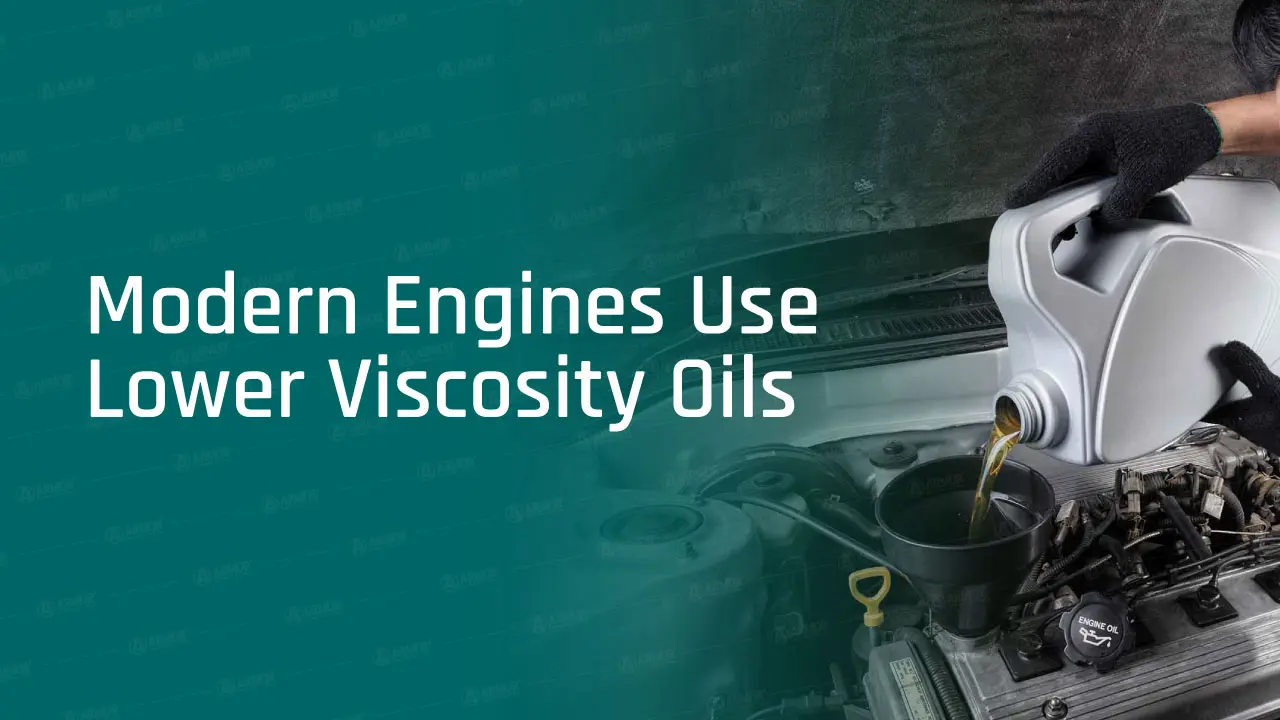
SAE 0W-20is now the best seller engine oil grade but 10 years ago supplier used to have more demand for higher viscosity grades such as 15W40 or even 20W-50.
What happened during the last decade to cause this switch? Engines became smaller.
The Shift Toward Lower Viscosity Oils
The Shift was not sudden but actually gradual! researchers has been working for years to enhance engines and provide better performance at lower cost. Changes in engines specifications must always be followed with parallel changes in lubrication requirements.
Fuel Economy and Engine Efficiency
Modern engines prioritize fuel efficiency, leading to a greater reliance on low-viscosity oils. Engineers develop downsized, high-compression engines that generate more power from less fuel, improving overall mileage. Achieving higher efficiency requires reducing internal friction, which is possible with thinner lubricants that move easily through tight engine clearances.
Low-viscosity oils help reduce energy losses by minimizing resistance between moving parts. Automakers focus on advanced engine designs, such as direct injection and turbocharging, which demand oils that support smooth operation and optimal fuel consumption.
Improved Lubrication in Tight Engine Tolerances
Advancements in engine design have led to tighter clearances between components, demanding fast-flowing lubricants to prevent metal-to-metal contact. Modern engines use precision engineering to achieve maximum efficiency, meaning traditional thick oils struggle to reach narrow oil passages quickly.
Low-viscosity oils flow immediately upon startup, reducing wear and protecting components from excessive heat and friction. In turbocharged engines, efficient lubrication is even more critical, as high temperatures and rapid spool speeds require oil that circulates quickly without excessive resistance.
OEM Recommendations and Industry Standards
Automakers rigorously test and specify motor oils that optimize performance, longevity, and efficiency. Industry standards such as API SP and ILSAC GF-6 focus on reducing deposits, improving fuel economy, and preventing low-speed pre-ignition (LSPI)—a common issue in modern direct-injection engines.
Newer engine technologies, including hybrid powertrains and stop-start systems, also benefit from low-friction oils that enhance durability under frequent restarts. Manufacturers align their oil recommendations with these advancements, ensuring that engines operate at peak performance while maintaining longevity.
2. Performance Benefits of Lower Viscosity Oils
Tests and inspections show that using lower grades oils on modern engines keeps performance high.
Faster Cold-Start Protection
Cold starts put significant stress on an engine, especially in modern designs with tighter tolerances. When an engine is first started, oil must quickly reach critical components to prevent metal-to-metal contact. Low-viscosity oils flow rapidly at low temperatures, reducing friction and wear during startup.
Engines equipped with stop-start technology benefit even more from fast-flowing lubricants. Frequent engine shutdowns and restarts demand oil that can circulate instantly, preventing excessive wear on bearings, camshafts, and other essential parts.
Enhanced Thermal Stability
High-performance engines operate at elevated operating temperature, requiring lubricants that resist breakdown under extreme conditions. Synthetic low-viscosity oils maintain stable viscosity and protective properties, even under high loads and intense heat.
Advanced engine technologies, such as turbocharging and direct fuel injection, generate more heat than traditional designs. Oils with superior thermal stability help prevent deposits, sludge formation, and viscosity loss, keeping engines clean and efficient over extended service intervals.
Compatibility with Advanced Engine Designs
Modern engines rely on lightweight materials, precision engineering, and high-pressure fuel systems to maximize efficiency. Low-viscosity oils complement these advancements by reducing friction and maintaining proper lubrication in narrow oil passages.
Turbocharged and hybrid engines, in particular, depend on optimized lubrication to handle rapid temperature fluctuations and frequent load changes. Using the right engine oil allows these engines to perform at their best while minimizing long-term wear and tear.
3. Common Concerns About Using Lower Viscosity Oils
Is Lower Viscosity Oil Too Thin for Engine Protection?
Many drivers worry that thinner oils may not provide enough protection, especially under high loads or extreme temperatures. However, modern synthetic formulations contain advanced additives that enhance wear protection, reduce deposits, and maintain stability over long service intervals.
Newer engines are designed with precise oil distribution systems that rely on low viscosity to lubricate critical components efficiently. Engineers optimize bearing surfaces, piston clearances, and valve timing systems to work seamlessly with modern lubricants, ensuring durability without compromising performance.
Can Older Engines Use Low-Viscosity Oils?
Engines designed for higher viscosity oilsmay not perform well with thinner lubricants. Older models often have looser tolerances and different sealing materials, which may lead to increased oil consumption or reduced film strength if the oil is too thin.
Manufacturers specify oil viscosity based on engine design, so switching to a lower viscosity oil in an older engine should only be done if recommended. Using the correct lubricant helps maintain proper compression, wear protection, and overall longevity.
Do Low-Viscosity Oils Require More Frequent Changes?
High-quality synthetic oils with low viscosity are engineered for extended drain intervals, resisting breakdown and oxidation over time. Advanced detergents and anti-wear additives help keep engines clean, even under demanding driving conditions.
Following OEM service recommendations is essential for maintaining engine health. While some high-performance or high-mileage engines may require shorter oil change intervals, most modern engines benefit from longer-lasting lubrication with improved efficiency.
0W 20 Synthetic motor oils vs 0W20 mineral Oils
SAE grades are available in both mineral and synthetic forms, do they offer same requirements? The answer is YES
Both mineral and synthetic oils are designed and manufactured in compliance to international requirements and specifications. However, it is clear they are not the same.
1- Mineral 0W20: Has more impurities, and require shorter change intervals
2- Synthetic 0W20: Offer better thermal resistance and prolonged protection
4. 5w-30, 0w20, or 15w-30 Which one to use?
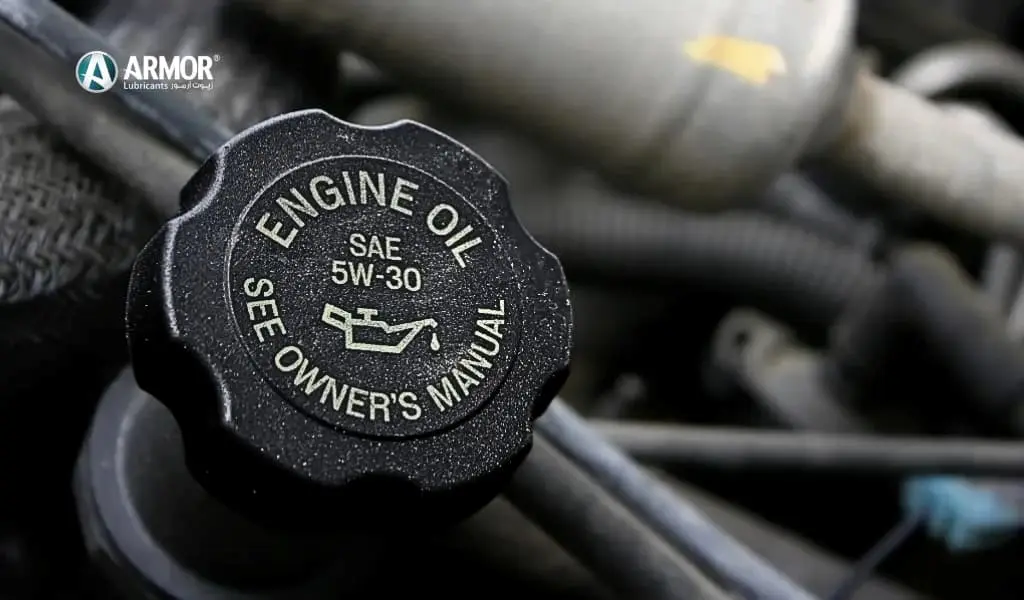
As an expert, the first and best advice i can give is to use the recommended oil by your manufacturer. Recommended grade can be found in many cars on the lids’ cover! but if you can not find it here is a guideline to help you:
Cars Made Before 2000 – Thicker Oil Recommended
Older engines have looser tolerances, meaning thicker oil helps maintain oil pressure and prevent excessive consumption.
- 10W-40 or 15W-40 for regular use
- 20W-50 for high-mileage or worn engines
Cars Made Between 2000-2015 – Balanced Viscosity Needed
Engines from this period began incorporating tighter tolerances, advanced fuel injection, and emissions systems.
- 5W-30 for most engines
- 5W-40 for turbocharged or high-performance engines
Cars Made After 2015 – Thinner Oil Preferred
Modern engines use precise engineering, turbocharging, and stop-start technology, requiring lower viscosity oils for efficient lubrication and fuel economy.
- 0W-20 for most new vehicles
- 5W-20 for some naturally aspirated engines

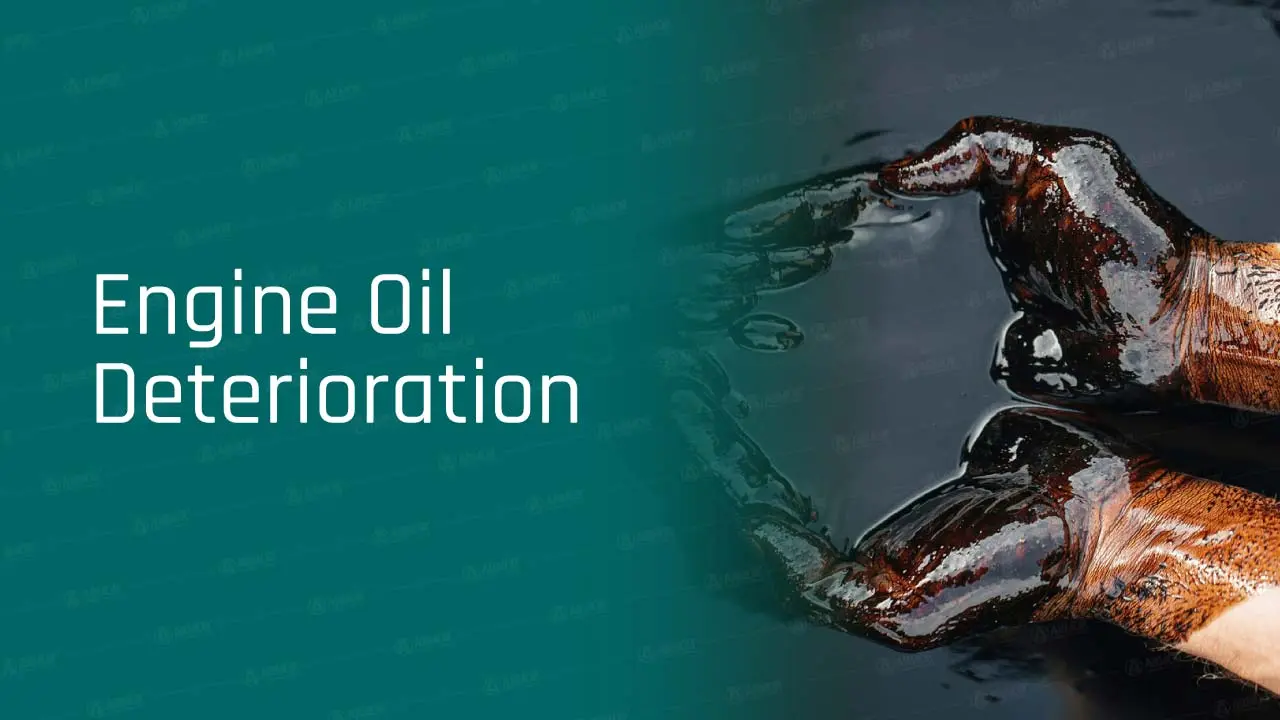
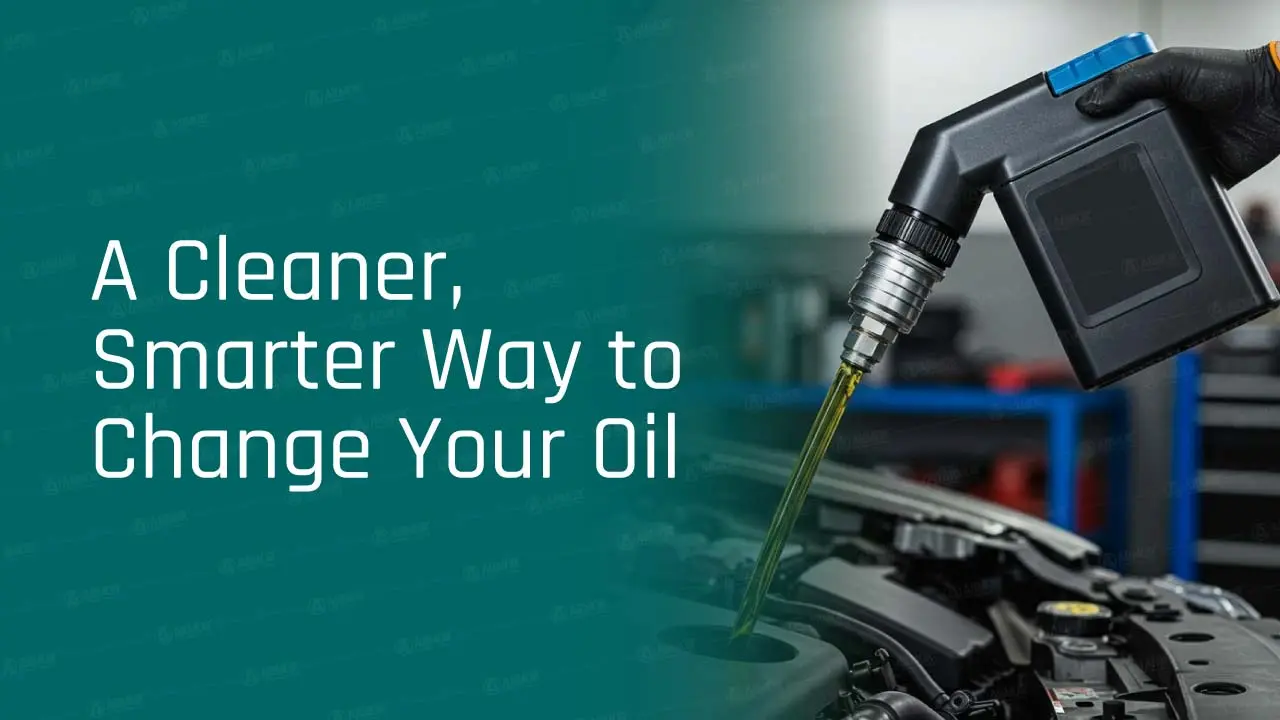
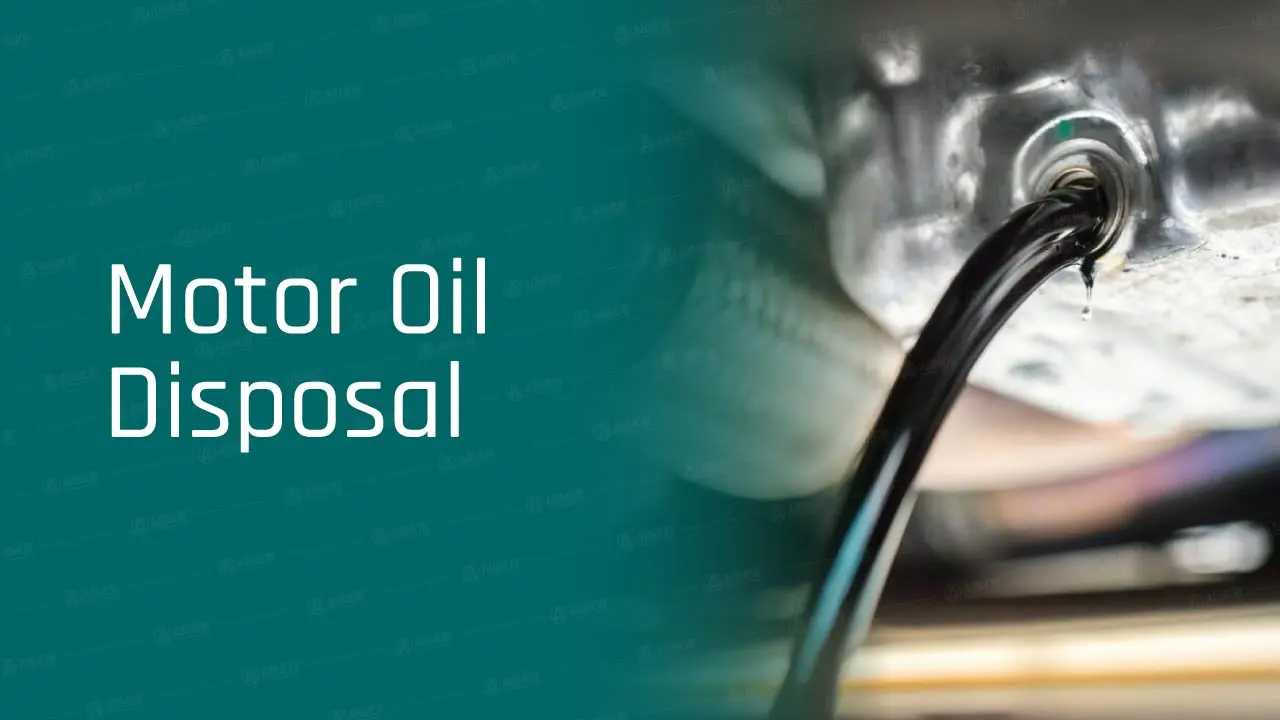
 logo of armor lubricants sub brand spear
logo of armor lubricants sub brand spear Armada lubricant
Armada lubricant Ace lubricants
Ace lubricants Perfect lubricants
Perfect lubricants Enzo lubricants
Enzo lubricants Lawrence lubricants
Lawrence lubricants